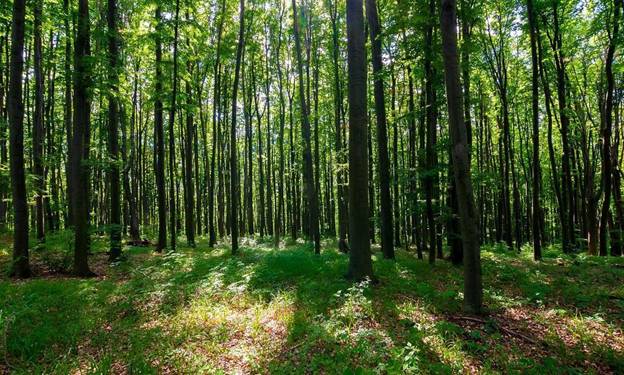Description

Copyright infringement not intended
Context: India’s North East has seen a mushrooming of ‘community reserves’ in the last 11 years.

Details:
- Once forest land has been declared as a community reserve, it goes from being governed by local village councils to coming under the forest department.
- This changes the lives of local residents, according to forest rights activists.
- A community reserve is usually formed by the local village council and the forest department signing a memorandum of understanding (MoU).
- But the village council members who agree to sign the MoU are mostly illiterate and do not know what they are getting into.
- Unlike other regions of India, administrative control of forests in the North East is predominantly by communities, with much of the forests listed as ‘unclassified’, a World Bank report published in 2006 had said.
- Community reserves fall under protected areas, along with marine protected areas, national parks, wildlife sanctuaries and conservation reserves, according to the Wild Life (Protection) Act (WLPA), 1972.
- Conservation reserves and community reserves are protected areas of India which typically act as buffer zones between established national parks, wildlife sanctuaries and reserved and protected forests of India, according to the Union Ministry of Environment, Forests and Climate change (MoEFCC).
- These protected area categories were first introduced in the Wild Life (Protection) Amendment Act of 2002 — the amendment to WLPA, 1972.
- The provisions of the WLPA apply to an area once it has been declared a community reserve. Section 33 of the WLPA passes the authority of the sanctuary to the chief wildlife warden.
- There were hardly any community reserves in in the country before 2006. Only Karnataka, Kerala and Punjab had community reserves in 2007.
- But after 2011, there was a sudden increase in such areas
- Nagaland has 114 community reserves with a total area of 851.57 square kilometres, according to the data from MoEFCC.
- Nine community reserves covering an area of 113.595 sq km were created in Arunachal Pradesh until 2020. Ten such reserves spread over 103.716 sq km have come up in Manipur between 2016 and 2020.
- Around 69.02 sq km forest area in Meghalaya has been brought under 71 community reserves till 2020.
- Some 204 of the 214 community reserves are in the Northeastern states of Arunachal Pradesh, Manipur, Meghalaya and Nagaland.
- Joint forest management is introduced by entering into an MoU with the village council. With this, the forest department becomes a co-manager, or one of the decision-making authorities.
- About 97 per cent of the forests (8,389 sq km) in Nagaland are unclassified and mostly managed and owned by communities, according to the Indian Forest Survey Report 2021, released in January this year. The state’s total recorded forest area (RFA) is 8,623 sq km.
- Some 88 per cent (8,371 sq km) of the 9,496 sq km RFA in Meghalaya is managed and owned by communities.
- About 75 per cent of forests, approximately 13,180 sq km of total RFA 17,418 sq km, in Manipur falls under community management.
- Some 53 per cent (27,312 sq km) of 51,540 sq km of RFA in Arunachal Pradesh are community forests.
- This data shows that vast areas of forest in the four Northeastern states are not under the control of the forest department and are instead owned by communities.
- No change in the land use pattern shall be made within the community reserve after the issue of notification under sub-section (1) of the WLPA, except in accordance with a resolution passed by the management, committee. And approval of the same shall be given by the state government, according to Section 36 C (3) of WLPA
- The village council members who sign the MoUs with the forest department are mostly illiterate and do not understand what they are getting into.
- He accepted that communities were unaware that WLPA became in an area once it became a community reserve, as it fell under protected areas.
- There is still very little awareness among communities and most of the community members are not aware of this policy in its entirety. The sensitisation needs to happen and the forest department needs to clarify what it actually means.
- After a forest has been made into a community reserve, people cannot hunt there, nor can they use it for agricultural practices, leave alone jhum
https://www.downtoearth.org.in/news/forests/community-reserves-are-they-forest-department-s-backdoor-entry-into-north-east-india-85242












